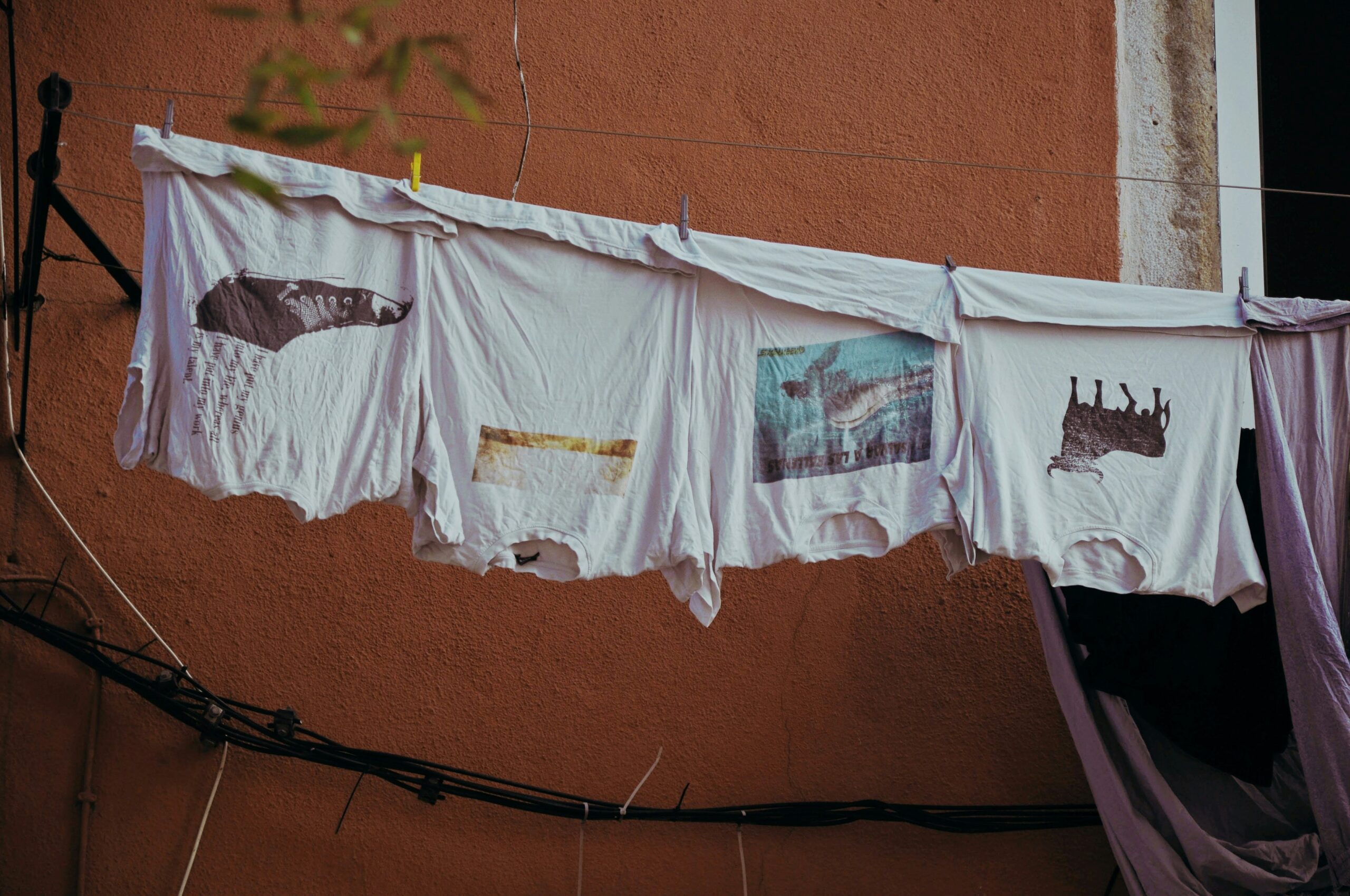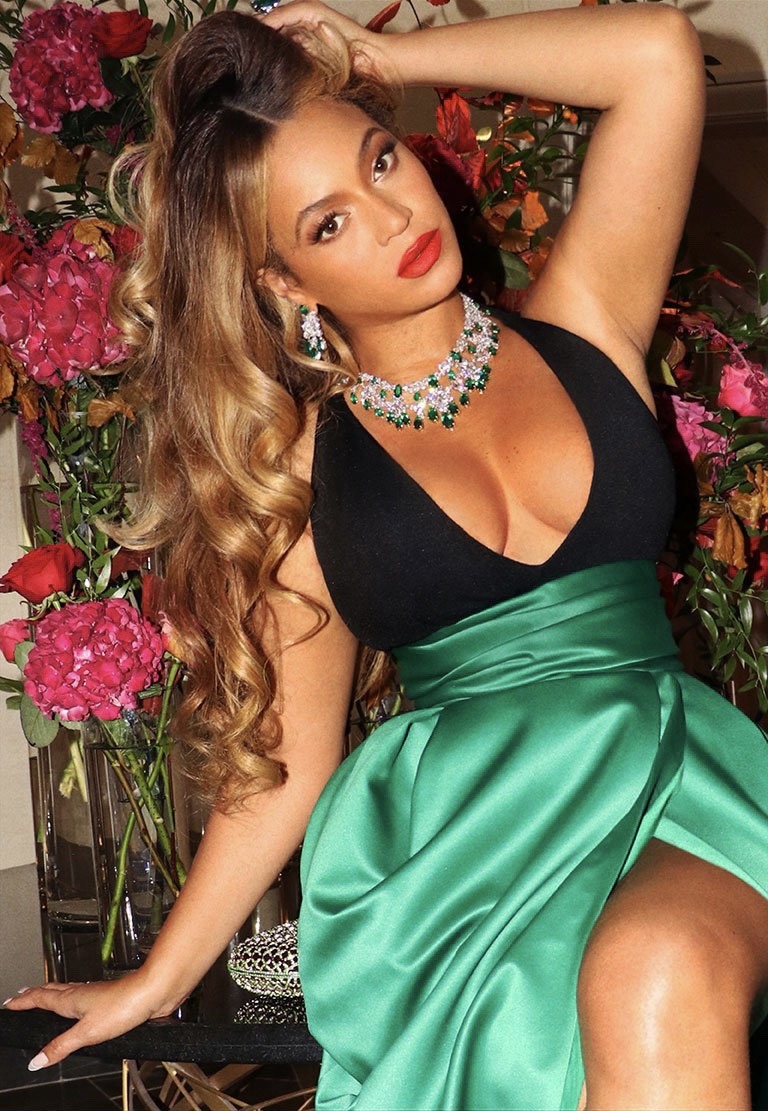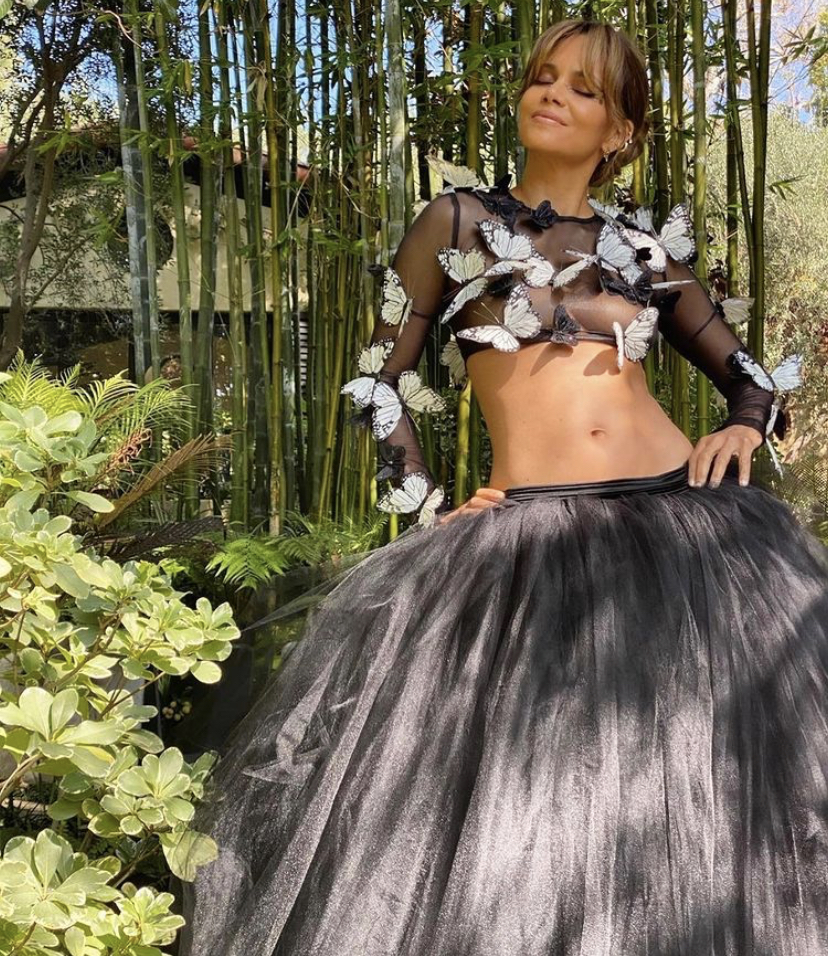Garment decorating has long been a dynamic and creative field, intertwining traditional craftsmanship with emerging technologies to breathe life into fabrics! As fashion continues to evolve, the methods and styles of garment decoration also adapt, offering new ways to express cultural narratives, individual identity, and artistic vision. From embroidery and screen printing to the latest digital enhancements, the landscape of garment decorating is an ever-changing tapestry of innovation.
In the world of fashion design and merchandising, understanding the intricacies of garment decorating is crucial for anyone looking to make a mark. This field not only requires a keen eye for design but also an understanding of the techniques that can best convey a designer’s vision. As we move forward, the integration of new technologies and sustainable practices is set to redefine the boundaries of what can be achieved in garment decorating.
For students and professionals looking to deepen their knowledge of this vibrant field, finding reliable sources of information is key. Personally, when I needed comprehensive insights into the latest trends in garment decoration for my coursework, a nursing essay writing service provided thorough and well-researched content that enriched my understanding and appreciation of the subject!
Current State of Garment Decorating
Traditional Techniques Still Thrive
Despite the influx of new technologies, traditional garment decorating techniques like hand embroidery, beading, and batik printing continue to hold significant value in the industry. These methods are cherished for their intricate detail and the human touch they bring, often seen in luxury fashion and bespoke pieces where craftsmanship is celebrated.
The Rise of Digital Printing
Digital printing technology has revolutionized garment decorating by allowing for high-definition, complex designs to be transferred directly onto fabric.
This method offers incredible versatility and speed, enabling designers to experiment with bold colors and intricate patterns without the constraints of traditional screen printing setups.
Sustainability in Focus
As environmental concerns become more pressing, the garment decorating industry is shifting towards more sustainable practices. This includes the use of eco-friendly inks and dyes, processes that require less water, and materials that are biodegradable. Consumers are increasingly supportive of brands that prioritize sustainability, pushing the industry toward greener methods.
Future Trends in Garment Decorating
Smart Textiles on the Rise
The future of garment decorating includes the integration of smart textiles, where functionality meets fashion. Innovations like LED fabrics that change color and patterns, textiles that monitor health data, or fabrics that adapt to weather conditions are becoming more prominent. These smart textiles open up new avenues for designers to combine aesthetics with utility.
Customization and Personalization
With advancements in technology, personalized garment decorating is becoming more accessible. Technologies like 3D printing and automated embroidery systems allow consumers to customize their clothing at a granular level. This trend is likely to grow as consumers seek more personalized experiences and unique products.
Virtual Fashion Gains Ground
In an increasingly digital world, virtual garments and digital fashion shows are gaining popularity. These platforms allow designers to showcase their creativity without the physical limitations of traditional fashion production. Virtual garment decorating and fashion may soon become a staple in the industry, especially for online marketplaces and gaming.
Continuous Learning
The field of garment decorating is continually evolving, and staying updated requires constant learning. Educational platforms that offer updated information, trend analyses, and case studies can help students and professionals keep pace with the latest innovations and market demands.
Advanced Materials and Eco-Innovations
The push towards sustainability is driving innovations in eco-friendly materials that are set to transform the garment decorating industry.
Researchers and designers are exploring biodegradable fabrics and non-toxic dyes that reduce environmental impact without compromising on style or durability. These advanced materials not only help in minimizing waste but also open up new possibilities for texture and design in garment decoration.
Augmented Reality (AR) in Fashion Design
Augmented reality is beginning to play a significant role in the garment decorating process. AR apps allow designers to visualize how designs and patterns will look on various fabrics without actually creating a physical sample. This not only speeds up the design process but also reduces material waste. For consumers, AR can offer a virtual try-on experience, providing a more interactive shopping experience that can increase satisfaction and reduce returns.
The Integration of Wearable Technology
Wearable technology is being seamlessly integrated into the fabric of modern apparel. From fitness tracking to health monitoring, the potential applications are vast. Garment decorators are experimenting with conductive threads and embedded sensors to create clothing that combines fashion with functionality.
This trend is likely to expand as technology advances, creating garments that are not only decorative but also highly functional.
The Role of AI in Customization
Artificial Intelligence (AI) is revolutionizing the customization aspect of garment decorating. AI algorithms can analyze consumer preferences and past purchasing behaviors to suggest personalized designs and decorations.
Some platforms are already using AI to offer custom color and pattern selections, which are predicted based on the user’s style preferences. This level of personalization is becoming increasingly popular among consumers who value uniqueness in their clothing choices.
Collaborative Platforms for Design
Collaboration in garment decorating is becoming easier and more productive thanks to online platforms that connect designers, artists, and manufacturers. These platforms enable users to collaborate remotely from different parts of the world, sharing ideas, designs, and techniques.
This not only fosters a global exchange of ideas but also speeds up the production process by connecting designs with manufacturers who have the right technology to bring these ideas to life.
Final Thoughts
The future of garment decorating promises an exciting convergence of tradition and innovation. As we look forward to smart textiles, enhanced personalization, and sustainable practices becoming mainstream, it’s clear that the field will continue to offer immense opportunities for creativity and expression.
For students venturing into this dynamic industry, leveraging resources like EssayPro for research and project help can provide a strong foundation in this vibrant field.
Embracing both new technologies and traditional techniques will be key to crafting future trends and leading the next wave of fashion innovation!




